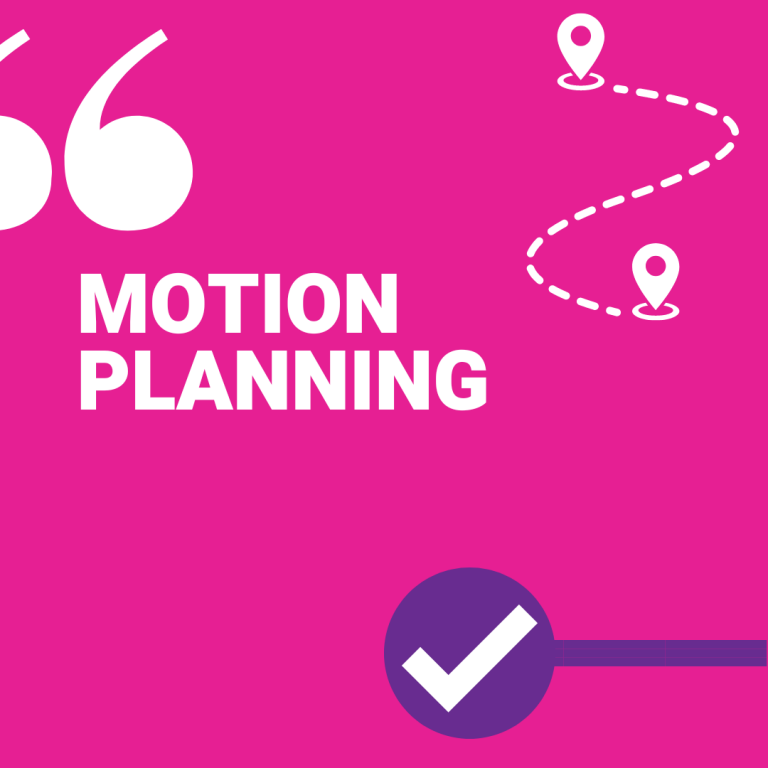Subscribe
Subscribe now and you will be updated for any news about the IoT word
Given two points, starting and ending, the path planning is the robotic field computes the robot path.
Continue reading below

The last case is too easy. Often, there is an obstacle in the environment where the robot has to move. In any case, there could be other constraints like a maximum cruise velocity.
In the majority, motion planning is an offline computation since motion planning has many constraints, and the computation cost increases significantly.
The challenge during my activity research has been integrating some inverse kinematics concepts into motion planning, intending to reduce the computational time and make motion planning applicable to a real system with dynamic objects around.
An example can be a situation where the robot has to go from point A to point B, but there is an obstacle that can move during the time. Imagine that during the robot movement, the block starts moving, and it goes on the robot path. Motion planning can be capable of computing a new approach in a short time.
In this post, I introduced the motion planning concept. For a more thorough description, I suggest visiting my research page, or you can see my Google Scholar profile.
It is a pleasure to see you here at this article end, and I’m delighted if you need don’t hesitate to contact me, for any motivation at the following mail.
Subscribe now and you will be updated for any news about the IoT word
Your article helped me a lot, is there any more related content? Thanks!